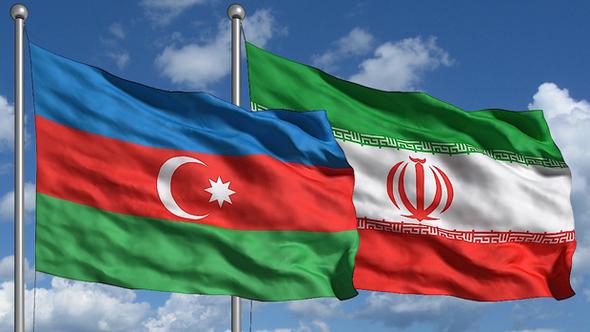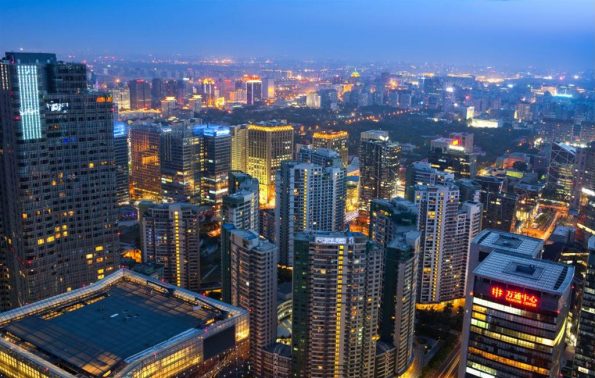
The crisis between Iran and the Western powers continues to escalate. Sanctions, wargames, and the ‘covert war’ being conducted against the Iranian nuclear programme has heightened tensions and raised the risk of a regionally destabilising war. Most analysis has focused on the implications of the crisis for the Persian Gulf and the Arab world. Tensions between the US-armed Gulf Arab states and Iran has led to the conflict’s regional dimension being framed in ethnic and religious terms: of Sunni Arabs versus Shi’ite Persians (with a proxy version being fought in Syria).
But this is a one-dimensional view, which sees Iran solely as a Middle Eastern power. Iran’s northern neighbours – the Caucasus and Central Asian states – are neglected in most analyses of the current and future dynamics of the crisis. However, these states, particularly Azerbaijan, are a crucial part of Iran’s security landscape and will be increasingly important as the stand-off deepens.
Iran in the Caucasus
In short, Iran’s policy towards the Caucasus is one of realpolitik, overlaying centuries of competition with the Turkish and Russian empires. The Caucasus formed a buffer zone between the three empires, and different parts of the region changed hands many times over the centuries.
Today, the relationship with Georgia is the most distant. There are cordial ties between Tbilisi and Tehran, but geography, a lack of shared interests, and broader geopolitical issues (Russian hostility towards Georgia; Western hostility towards Iran) have prevented them from building a deeper relationship.
Based on the mischaracterisation that Iran is an irrational theocracy, one would expect poor relations with staunchly Christian Armenia. However the two sides have a strong alliance dominated by economic and strategic considerations. Armenia needs Iran as an outlet to the world, owing to the Turkish and Azeri blockades, whilst Iran supports Armenia as a counterweight to Azerbaijan in the Nagorno-Karabakh conflict.
Published in Political Reflection Magazine Vol. 3 No. 2




